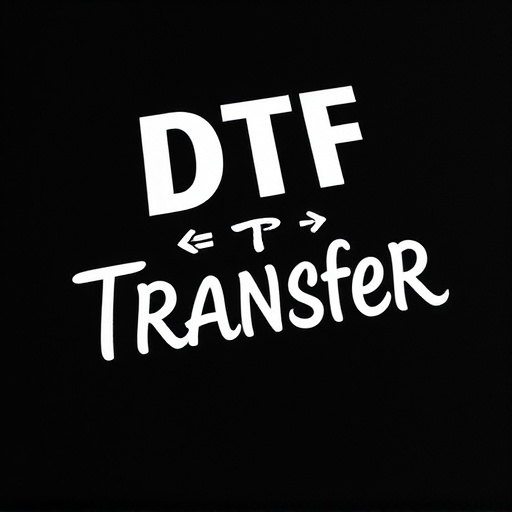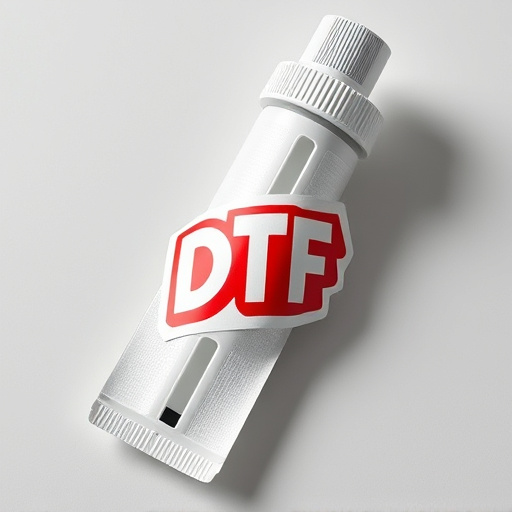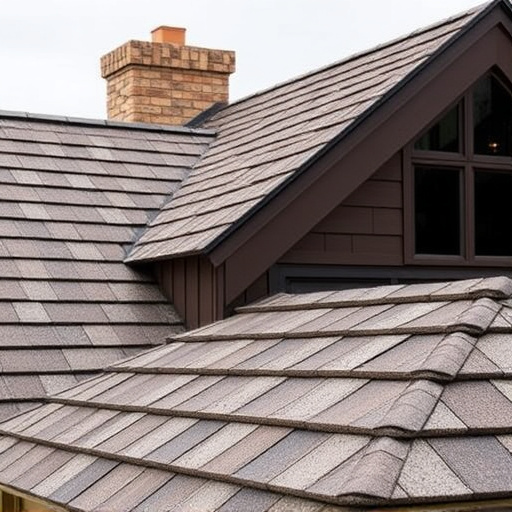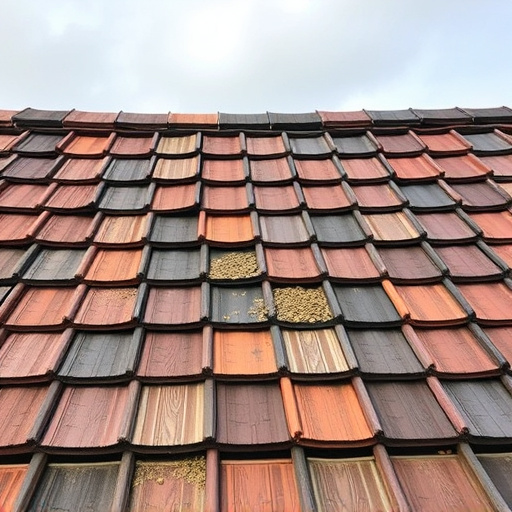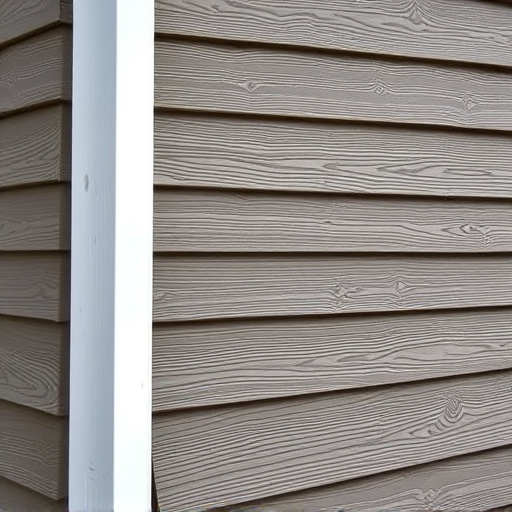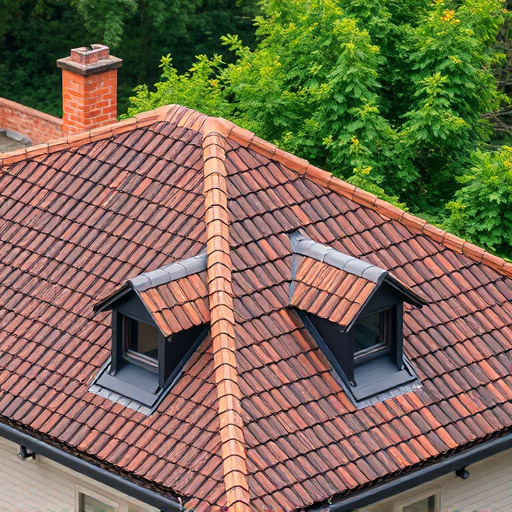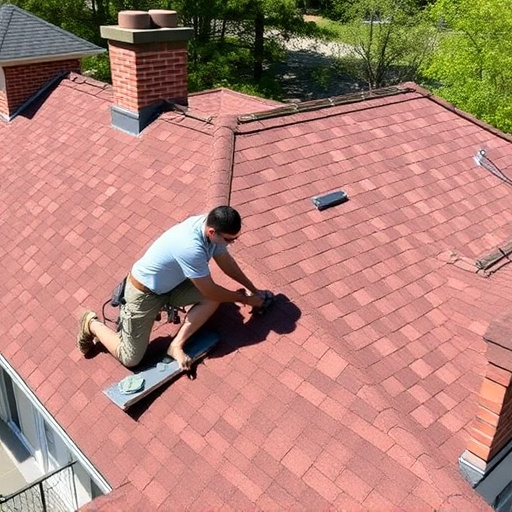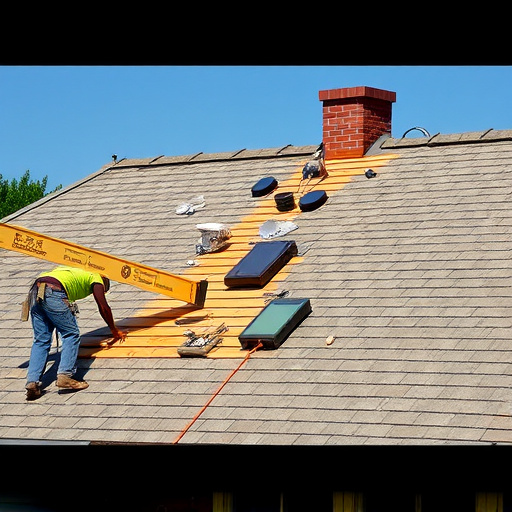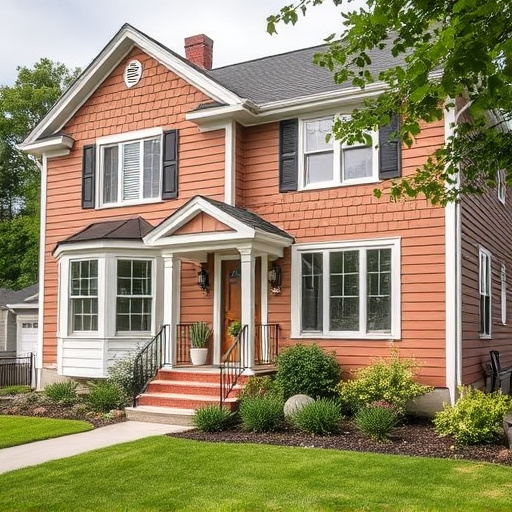Post-roof installation, establish a 6-month inspection routine (or more in extreme climates) to detect and address issues early. Look for missing shingles, flashing problems, leaks, and underlayment weaknesses. Regular checks prevent costly repairs, maintain structural integrity, and ensure your investment's longevity. Keep an eye on storm damage, clean gutters, and inspect structural elements for rot or weakness.
After completing your roof installation, regular maintenance is key to ensuring its longevity and performance. This guide will walk you through essential practices to keep your new roof in top shape. We’ll cover a comprehensive inspection schedule, including what to look for during each checkup, and provide practical tips on cleaning and repairing common issues. Additionally, learn about preventive measures like drainage management and weather protection to maximize the lifespan of your investment in roof installation.
- Regular Inspection and Maintenance Schedule
- – Importance of routine checks post-installation
- – What to look for during inspections
Regular Inspection and Maintenance Schedule

After your roof installation is complete, establishing a regular inspection and maintenance schedule is vital for safeguarding your investment. Regular checks allow you to identify potential issues early on, preventing them from escalating into costly repairs or even replacing your entire roof. Aim for at least one thorough examination every six months, or more frequently if your location experiences extreme weather conditions like storms, high winds, or heavy snowfall.
During these inspections, look out for any missing or damaged shingles, flashing issues, signs of leaks, or weak spots in the underlayment. Addressing small problems promptly can save you significant time and money in the long run. Consider enlisting the help of a professional roofing contractor who offers home service solutions tailored to your roof’s needs, ensuring it remains secure and weather-resistant, even after years of exposure to harsh environmental elements. Additionally, keep an eye out for any signs of storm damage repair that may be necessary to maintain the structural integrity of your roof.
– Importance of routine checks post-installation

Post-installation, routine checks are paramount for your roof’s longevity. Regular inspections allow you to identify minor issues before they escalate into costly repairs or even structural damage. After all, a new roof is a significant investment in your exterior home improvements, and proper maintenance ensures its lifespan and protects against unexpected disruptions. Keep an eye out for loose shingles, visible damage from branches or storms, or signs of water intrusion, addressing them promptly to prevent further complications.
These routine checks also provide an opportunity to assess the overall condition of your roofing system, including siding and gutters. Ensuring these components are clean, secure, and in good repair complements the new installation and contributes to the overall aesthetic appeal of your home while preventing potential issues like clogs or water damage that could lead to costly roof repairs.
– What to look for during inspections

After your roof installation is complete, regular inspections are crucial to ensure its longevity and protect against potential issues. During these checks, look for any signs of damage or wear, such as missing shingles, damaged flashing, or leaks in the ceiling. Pay close attention to areas around chimneys, vents, and soffits, as these are common problem spots.
Additionally, check for proper drainage by ensuring gutters are clean and securely attached, directing rainwater away from your home’s foundation. Inspect the roof’s structure, including trusses and beams, for any signs of rot or weakness. Regular maintenance, including cleaning and repairs, will help extend the life of your new roof and provide peace of mind knowing your home is protected from the elements with professional roofing solutions and siding services.
After your roof installation is complete, regular maintenance and inspections are key to ensuring its longevity. By establishing a consistent inspection schedule, you can identify potential issues early on, such as loose shingles or damaged flashing. During these checks, examine the overall structure for any signs of wear and tear, and address problems promptly to prevent further complications. Proper roof care not only extends its lifespan but also safeguards your home investment, making regular maintenance a vital part of post-installation roof care.


